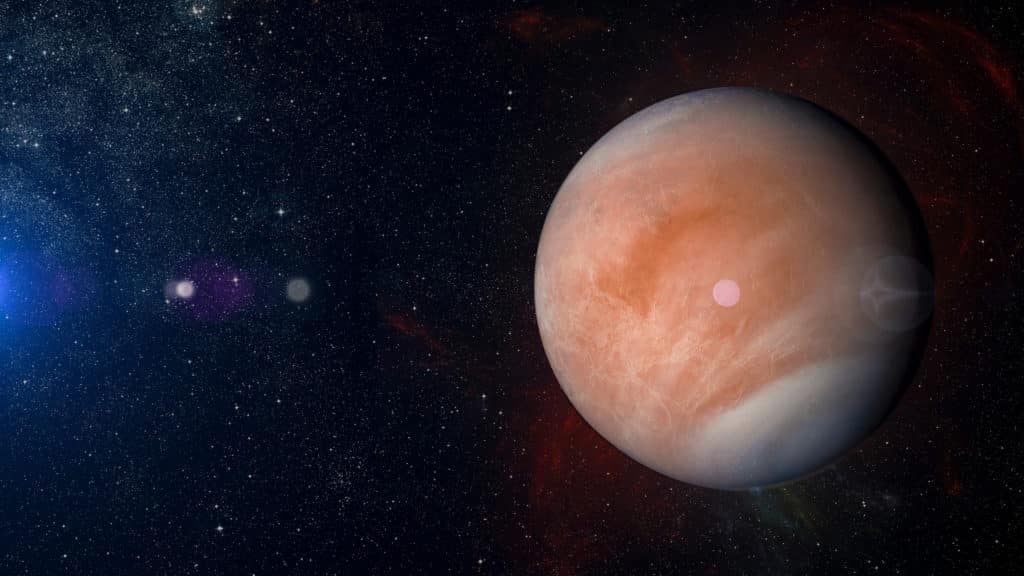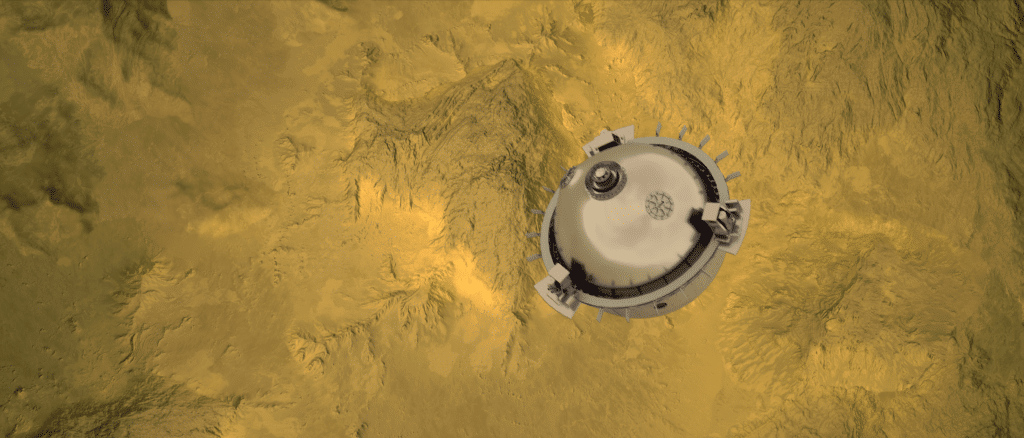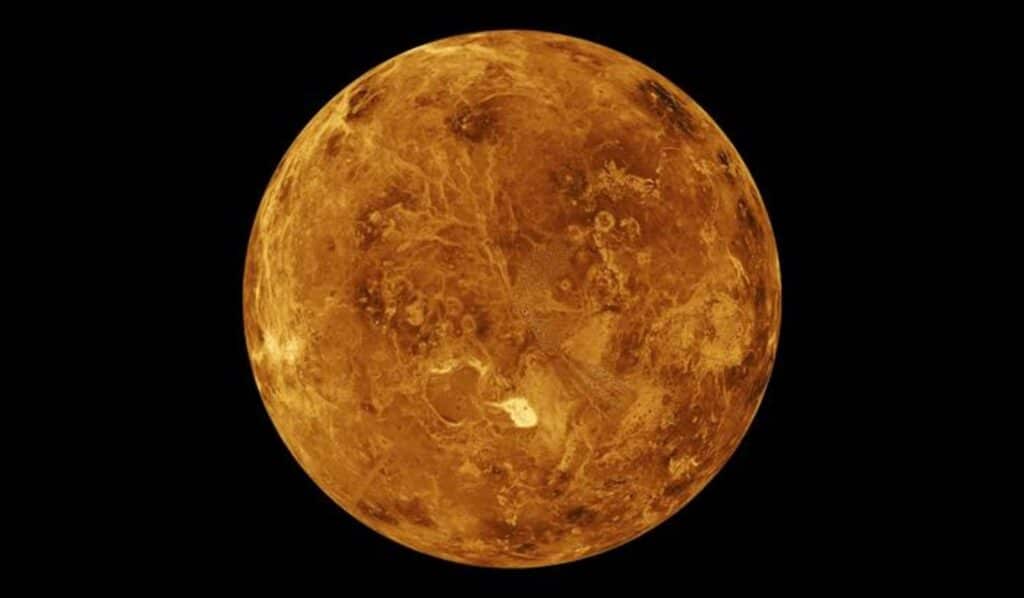Was Venus home to extraterrestrial life billions of years ago? A new study from Brown University scientists is shedding light on that very scenario. Venus — which is often described as a blistering wasteland — may have once experienced tectonic plate movements akin to those believed to have shaped early Earth.
It raises intriguing questions about the possibility of early life on Venus, its evolutionary history, and its place in the solar system’s story.
Brown University researchers utilized atmospheric data from Venus and computer modeling to propose that the composition of the planet’s current atmosphere and surface pressure could only be explained by the presence of an early form of plate tectonics. On Earth, this geological process evolved over billions of years, creating continents, mountains, and an environment conducive to life.
Reassessing Venus’ Geological History
Venus, our nearest planetary neighbor and often referred to as Earth’s sister planet, currently boasts surface temperatures capable of melting lead. This extreme contrast with Earth has been attributed to Venus having a “stagnant lid,” meaning its surface consists of a single plate with minimal movement and minimal gas release into the atmosphere.
The new study challenges this assumption, though. To account for the abundance of nitrogen and carbon dioxide in Venus’ atmosphere, the researchers suggest that the planet must have experienced plate tectonics sometime after its formation, approximately 4.5 billion to 3.5 billion years ago. They propose that this early tectonic activity on Venus, though limited in terms of the number of plates and their movement, may have occurred simultaneously with tectonics on Earth.

“One of the big picture takeaways is that we very likely had two planets at the same time in the same solar system operating in a plate tectonic regime — the same mode of tectonics that allowed for the life that we see on Earth today,” says study lead author Matt Weller in a university release. Weller completed the work while he was a postdoctoral researcher at Brown and is now at the Lunar and Planetary Institute in Houston.
This finding opens the door to the possibility of microbial life existing on ancient Venus, suggesting that these two planets, with similar size, mass, density, and volume, were more alike in their early days than previously thought before diverging.
Beyond Binary Tectonic Theories
The study also introduces the idea that plate tectonics on planets may be influenced by timing, and consequently, the development of life itself could be influenced by these geological processes.
“We’ve so far thought about tectonic state in terms of a binary: it’s either true or it’s false, and it’s either true or false for the duration of the planet,” says study co-author Alexander Evans, an assistant professor of Earth, environmental and planetary sciences at Brown. “This shows that planets may transition in and out of different tectonic states and that this may actually be fairly common. Earth may be the outlier. This also means we might have planets that transition in and out of habitability rather than just being continuously habitable.”
This insight will be valuable when studying celestial bodies like Jupiter’s moon Europa, which has shown evidence of Earth-like plate tectonics, and distant exoplanets.
Researchers initially embarked on this study to demonstrate that the atmospheres of exoplanets could provide insights into their early histories before examining Venus. By modeling Venus with a stagnant lid throughout its history, they found that this scenario did not align with the planet’s current atmospheric composition.
To reconcile this, they proposed limited tectonic movement early in Venus’ history followed by the stagnant lid model observed today.
Looking Forward: NASA’s DAVINCI Missions
While awaiting upcoming NASA DAVINCI missions, which will analyze Venus’ atmosphere, the researchers aim to explore a pivotal question raised by their findings: What led to the cessation of plate tectonics on Venus? The paper suggests that the planet may have become excessively hot, with an increasingly dense atmosphere, inhibiting the conditions necessary for tectonic activity.

“That’s going to be the next critical step in understanding Venus, its evolution and ultimately the fate of the Earth,” notes Weller. “What conditions will force us to move in a Venus-like trajectory, and what conditions could allow the Earth to remain habitable?”
The study is published in the journal Nature Astronomy.












